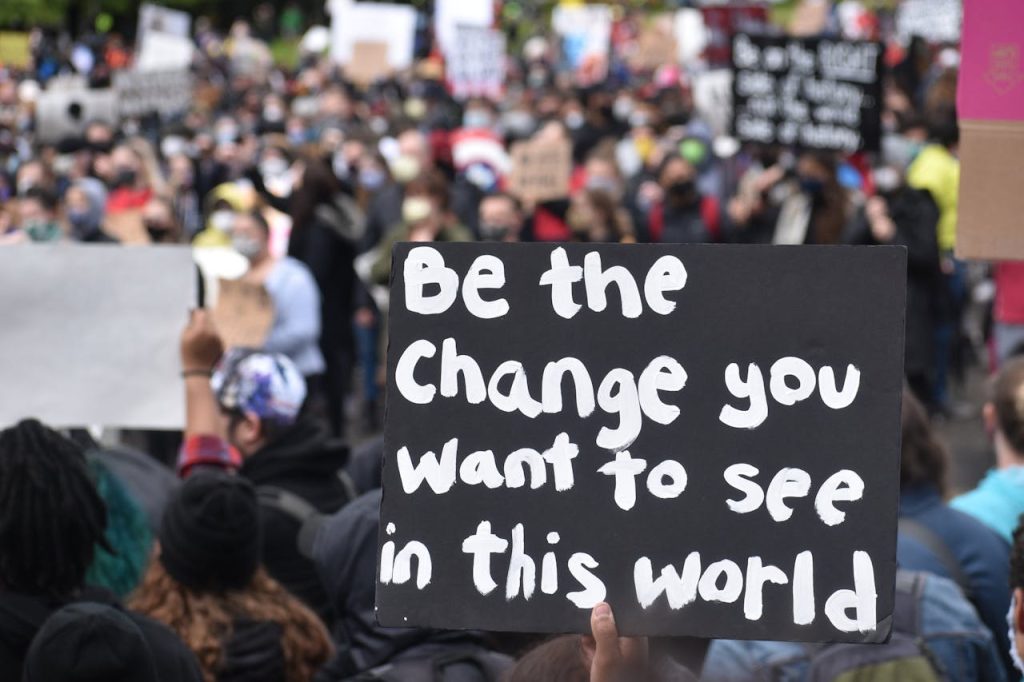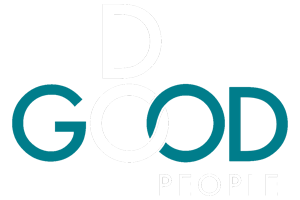What you will find
Greenhushing can easily take companies into a deep greenwashing rabbit hole, but there is no need to hush about green actions with a strong corporate sustainability strategy to back claims up.
Being accused of greenwashing is one of the hardest strikes companies can take upon their brand reputation. It has in fact been proven to affect sales and endorsements from a variety of stakeholders.
In light of this fear, many organizations resort to greenhushing, which although it seems harmless, can actually quickly bring backlash as it shows the company in question has something to hide regarding its sustainable practices.
Working on a strong corporate sustainability strategy is a much better (although not the easiest) way to avoid greenhushing and fight greenwashing.

Why companies should avoid greenhushing
Greenhushing refers to deliberately under report or under communicate company sustainable practices and performance. The main reason for this is the fear of backlash for not doing enough or not doing the right thing.
It is a rational fear to have if we think about the consequences of being accused of greenwashing and the damage it has on company reputation; however, greenhushing has consequences of its own.
Choosing to go silent may not create backlash about how or why certain green initiatives are being taken, but it will create a feeling of distrust among stakeholders, which in the long run could cause even more damage.
Guide to avoid greenwashing
And so avoiding greenhushing is not only beneficial to company reputation, but it is actually what people want. A recent study actually showed how people globally want to hear and know more about organizations’ sustainable journey.
This makes us believe that often times it is a lack of a strong sustainability strategy that makes companies choose the greenhushing route. That is not to say that their green initiatives are all bad, but they do come out as less genuine when they are not aligned to the company’s purpose.
When the sustainability story of your company is tied to the corporate strategy and its purpose, this is, if green and social practices are part of how you are growing and improving your business, there is little to no backlash to be expected.
How to replace greenhushing with a sustainability strategy
It is rather clear to us that sustainable communications are a must have for stakeholders, and consequently for companies. Nonetheless, when such communications are merely part of an initiative unrelated to the organization’s actual purpose and values, it loses a big chunk of its impact.
This means sustainable initiatives cannot be a sole responsibility or idea of sustainability departments, let alone of marketing departments, it needs to be fully embedded across the organization.
Building a sustainability strategy therefore should involve the highest level of the company, taking such green and social concerns up to executive teams and decision boards. It only makes sense for the impact company’s have on the planet and people to be part of the overall business strategy, and for it to be discussed at the highest level.
Many companies are already heading in this direction, creating ESG specific boards. However, when creating a sustainability strategy, it should not stop at compliance or legal requirements, but rather aim to create value from strategic sustainable practices.
The bottomline is, sustainability decisions need to come from the highest levels of the organization.

When the sustainability story of your company is tied to the corporate strategy and its purpose, this is, if green and social practices are part of how you are growing and improving your business, there is little to no backlash to be expected.
Engage employees in the sustainability strategy
In DoGood, we aim to simplify the complex web of sustainability objectives for companies by offering a platform that translates the high-level ESG (Environmental, Social, Governance) objectives into actionable tasks for every single employee.
Then, each employee not only knows how to make an impact but also feels empowered to contribute meaningfully to the greater sustainable strategy.
No more vague directives. No confusion. DoGood automates the process, making it seamless for the workforce to know precisely what steps to take.








